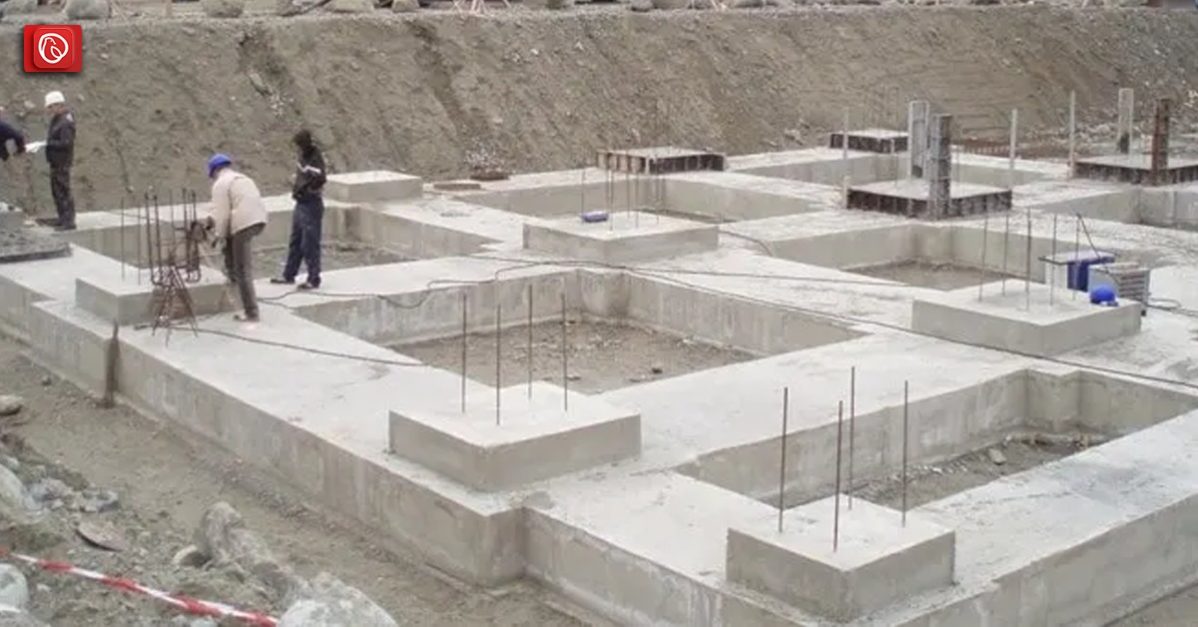The foundation of a house is critical for ensuring the structure’s stability and longevity. Before starting construction, it’s important to analyse the soil on the plot of land and determine if it is suitable for building a foundation. Different types of soil have varying degrees of stability, and if the soil is not suitable, excavations and soil layering may be necessary to achieve the necessary stability for the foundation.
Graana.com has discussed the best types of soil for building foundations.
Types of Soils Used in Construction
The foundation of a house is crucial as it supports the entire structure. It is important to understand the soil type before building, as different types of soil can have varying levels of stability. Some common soil types and their suitability for foundations are:
- Silt
- Rock
- Clay
- Sand/ Gravel
Silt
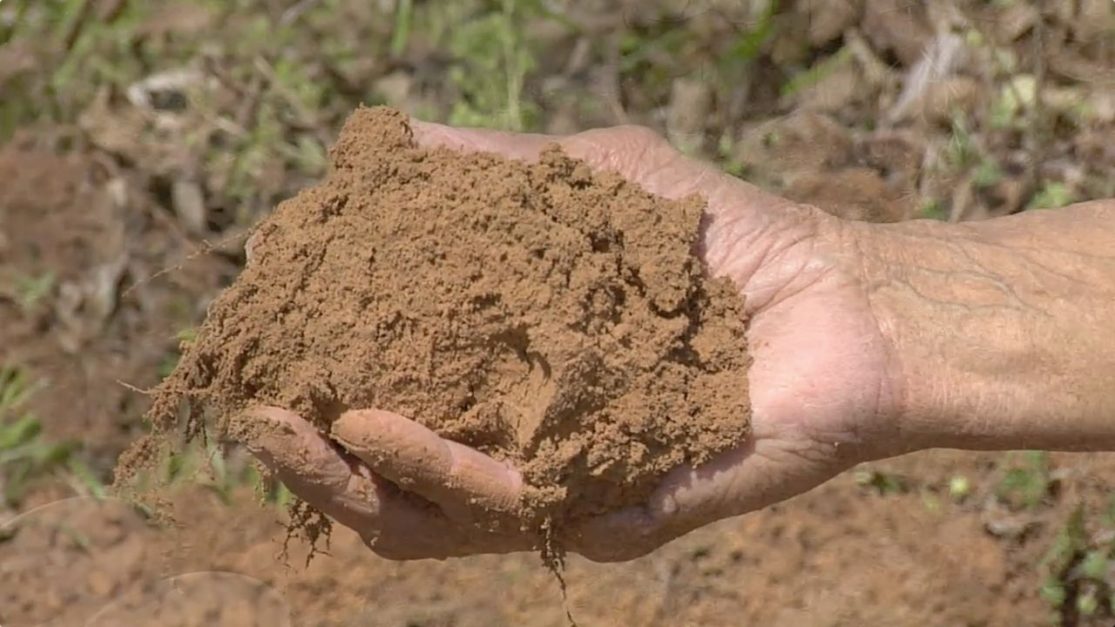
Silty soil, which is characterised by small particles and a smooth texture, has poor drainage and high water retention. This soil retains water for extended periods after it rains and is often cold to the touch, even when it appears dry.
The absorption of water also causes the soil particles to expand, putting pressure on building foundations and weakening them. As a result, deeper excavations are recommended when building on silty soil.
Rock
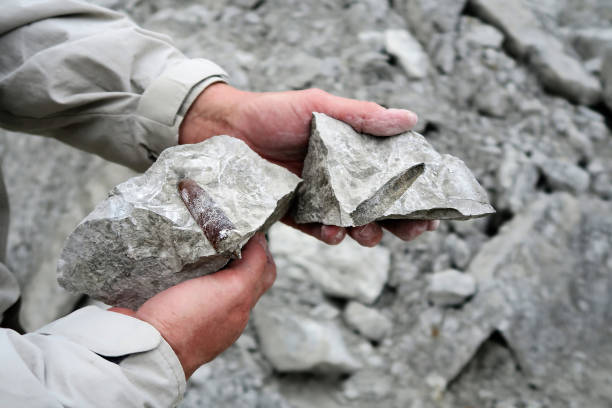
Building on a rocky foundation can be challenging as it requires heavy machinery to level the ground and prepare it for construction, but it can also be an ideal choice due to the high lsoad-bearing capabilities of rock-based foundations. This makes them suitable not only for building houses but also for constructing high-rise structures.
Bedrock, sandstone, shale, limestone, and chalk are common types of rocky foundations, and leveling the rocky base before building is essential. Once this step is done, it will be easy to set a good foundation for your project.
When building on a sloping rocky foundation, the structure must be anchored to the rock to prevent it from slipping due to cracks or landslides. Sloping plots often require the foundation to be built in steps instead of at a single level unless the rock is leveled beforehand.
Rock formations typically do not allow for water drainage and remain stable when water absorption in the topsoil reaches deeper layers. Hard, chalky soil is an ideal choice for digging and building because it has fine particles that do not retain moisture and will not expand, contract, or move during wet weather.
However, the chalk must be strong enough to support the weight of the structure. If the top layers of the soil are soft, dig deeper until you reach the harder type of soil before laying the concrete foundation.
Clay
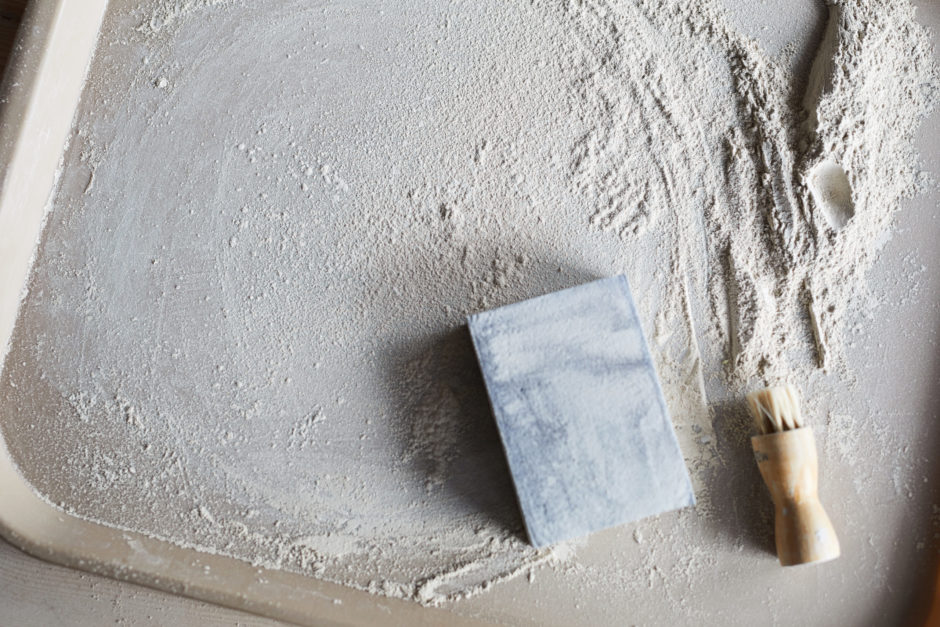
People use different types of clay in construction. Clay is a common soil type in Pakistan that absorbs and retains water, causing it to expand when wet and shrink when dry. Due to its water permeability and small particle size, it is recommended to excavate the upper layers of clay to a depth where the moisture content is stable before pouring the concrete foundation.
Otherwise, changes in weather or groundwater can easily cause movement, manipulation, and cracking of the foundation. Overall, clay is not suitable soil for supporting a building’s foundation.
Sand/ Gravel
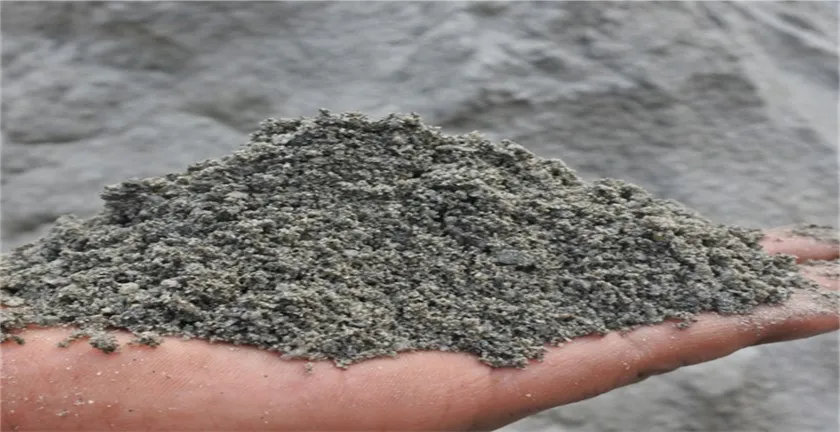
Different types of sand and gravel, with their large, irregularly shaped particles and low water retention rate, make for an ideal soil type for construction projects. The gritty texture and dryness of the soil allow for easy excavation and compaction, creating a sturdy base for a building.
When groundwater levels are high, it is best to avoid deep excavations and instead compact the upper layers of sand before pouring in concrete. Steel sheet piling can also be used to reinforce the sides of the excavation, while compacted sand or gravel can be used as a base for foundations when the top layers of clay or silt have been removed.
Conclusion
It’s important to be aware of the different types of soil that may be present on a construction site, as each requires a different approach to building a stable foundation. Some common soil types include clay, sand/gravel, silt, and rocky foundations.
To ensure a strong foundation, it’s recommended to consult with professional construction companies that offer soil analysis services. They can determine the soil type on your plot and guide how to prepare the ground for construction.
For more information, visit Graana.com.
